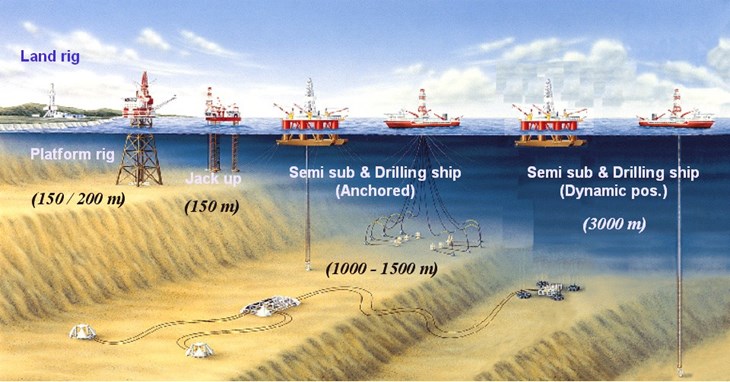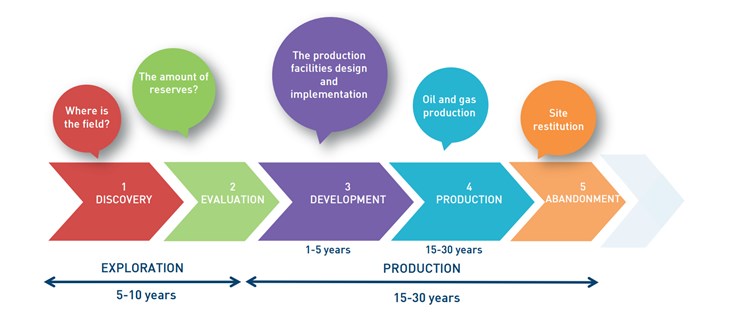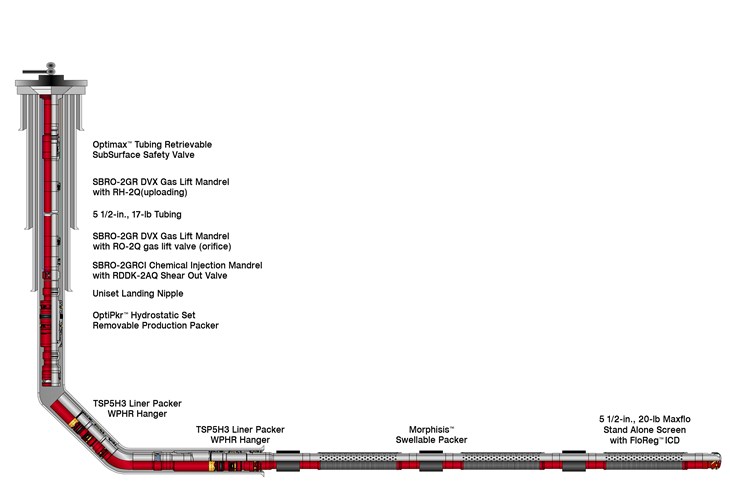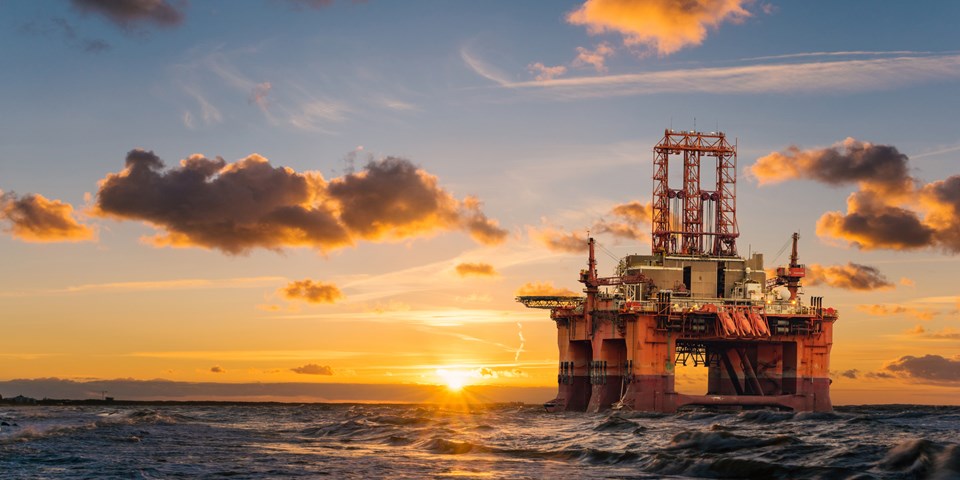Language is like furniture – ornate sofas and chaise lounges are perfectly suited for a mansion. However, that type of furniture is off-putting to the younger generation. I remember my grandmother telling me not to sit on her fancy sofa. She would say, “That is not for you, that is for grownups.” Back then I did not want to sit on the sofa. It looked like a casket to me. I would have preferred the comfort of a beanbag. The beanbag made you feel welcome. That is the same type of welcoming feeling I strive for with these articles.
Technical magazines are filled with stories that give you amazing information about new technology and changes in the market. If you are in the industry you need that information to stay on top of your niche. When I read the latest Valve World Americas Journal and see new valve technology that increases efficiency or find an article about a new process that makes operations safer and more reliable, I am intrigued. Often when I am reading these magazines, I am approached by my daughters asking me what I am reading. I am always looking for an opportunity to introduce my kids to science and tech, but I cannot tell my five year old about this new reverse osmosis pump that is yielding some amazing results. She would run like her father would have if someone tried to push me on my grandmother’s sofa. I try to turn that sofa into a beanbag so that she will listen and gain an interest and hopefully an appreciation for what daddy does. I term it Edutainment Education to entice the youth or those that are not in the industry to find out more about it.
Recently I was reading an article about offshore drilling when my daughter approached me. When she asked what I was reading, I told her it was about a huge juice box out in the ocean and proceeded to tell her The Story of: Juice Box Drilling.
I kicked back in my recliner (a.k.a. the modern beanbag) with my nine-year-old on one side and my five year old on the other. “Way out in the ocean there is a huge, huge juice box of oil and gas. Now, you know oil is one of the most precious substances on the planet.” Sydney, my nine-year-old says, “it makes the gas that goes in the cars.”
“That is correct! But it is also used to make some of the things you use every day. The lotion you use, the crayons that you draw with and some of the toys that you play with.“ They were both shocked and eager to hear more. I think to myself, “Okay Daddy, they took the bait.”
“You know the juice boxes that you love so much, what happens when you squeeze it?” Eventually the box will bust, right? The juice spills everywhere you do not get what you want, and your mom is upset about the spill on the floor. Well, the juice box in the ocean is the same way. There is a certain way that you must go about retrieving the oil from the box. If you do things the wrong way, you can have an accident called an oil spill and nobody likes that. So, how do you get the juice?

Sydney says, “You just must use big a straw.” Skye echoes her sentiments, “Yeah, Daddy just use a big, big straw.” What kind of straw do you need? The deeper you go the more pressure, so your straw must be made from special material so it can withstand that pressure. Also, you need to think about where you are. You are going hundreds of miles beneath the ocean. What happens if your juice box is frozen? Can you use you regular plastic straw? No, you have to wait until it defrosts before you can get it. Good idea! But what if it never really defrosts. Or what about extreme heat? You may have to have some special metals like an Inconel or a super duplex to keep your metal from rusting in all the salt water. Some materials react differently to extreme heat and extreme cold. Metal can expand or contract and you must calculate those changes before you do the work. They call this process a FEED and DD. Front End Engineer Design (FEED) and Detailed Design (DD). No way! Metal gets bigger? I realize I am getting too deep
and I am in danger of losing them.
You know the little plastic part on your juice box. It is already made softer, so you can put the straw in and drink your juice. In oil and gas the straw must do all the work. This is the most expensive straw in the world! This straw can cost hundreds of millions of dollars. This straw must drill a hole deep in the ocean in all kinds of weather and conditions. Then it is filled with cement and once the target distance is reached, the drill pipe is removed, and steel pipe is pushed to the bottom. This “well casing” is cemented in place and tested to ensure that it is impermeable and that nothing can get in. Drillers can now tap the oil and natural gas by using a gun that is typically lowered into the ground and fired into the rock layer in the deepest part of the well, creating holes that connect the rock holding the oil and natural gas and the wellhead. It is time to unlock the oil and natural gas that has been trapped in the rock. It is Frac time!

Fracking fluid – which is 99.5% water and sand and 0.5% chemicals, many of which are found in everyday household products – is pumped at high pressure through the perforating holes to create paper-thin cracks in the shale rock, freeing the oil and natural gas trapped inside. Once fracking is completed production begins. Oil and natural gas flow, now you are in the juice. The entire process takes between five and ten years.
Now, I could have gone a lot deeper into everything that goes into the process, but that is another discussion for another day. For now, I will kick back in my recliner and drink one of the kids juice boxes, pat myself on the back and take this as a win. Try it with your kids, they are the future scientists, engineers, and world changes of tomorrow, and do not forget the juice boxes.

About the Author




